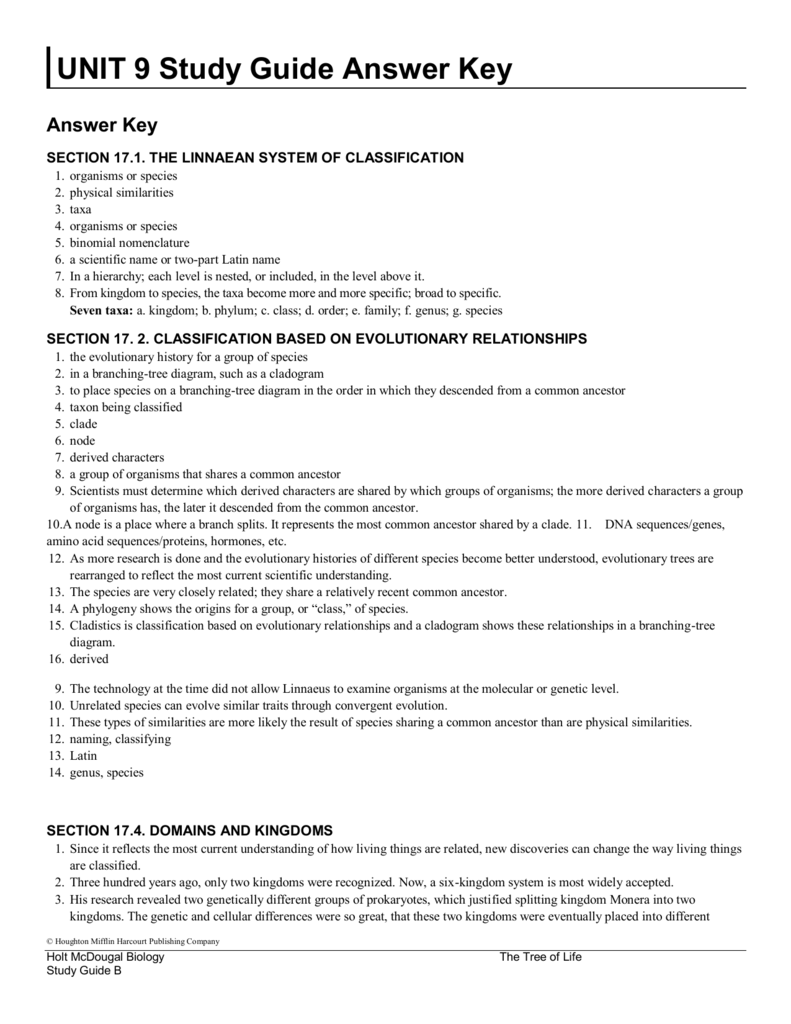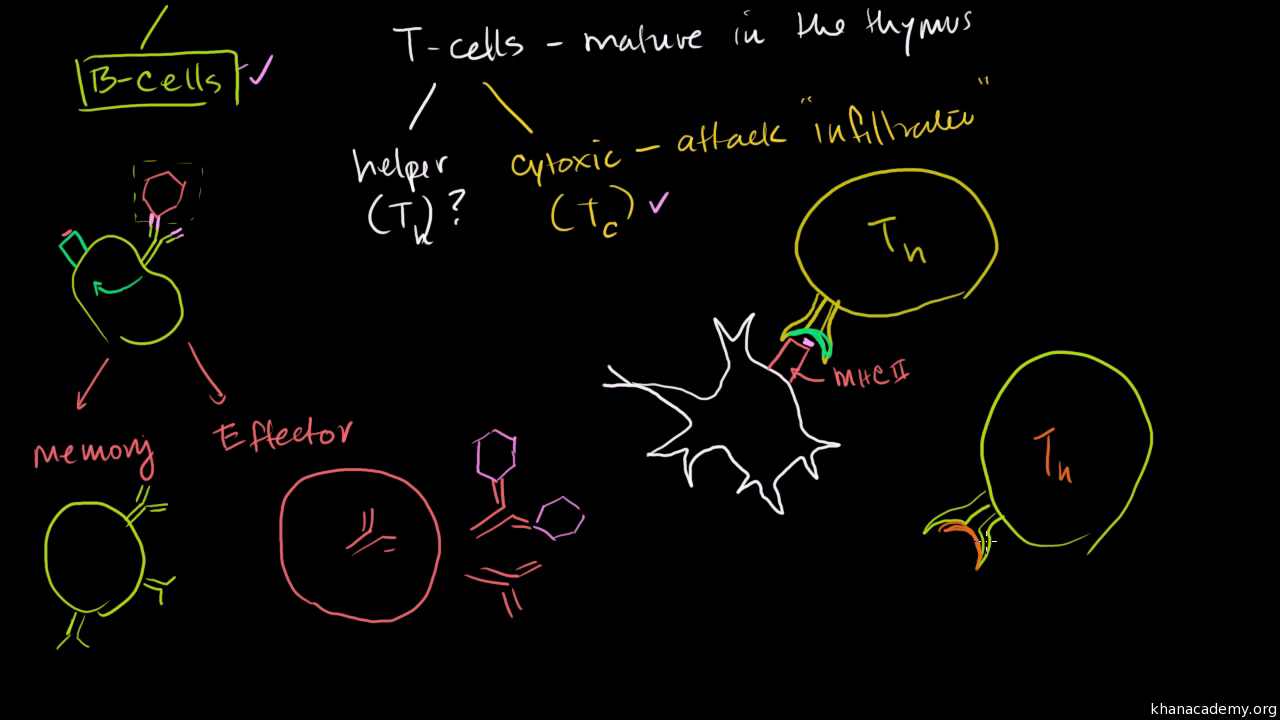Biology Immunity Study Guide And Answers

9.1 Biology Study Guide Answers
Show transcribed image text Bio 169 L01 Study Guide, Lymphatics and Immune system Lymphatic system: What is lymph and why does it need a whole system of vessels to deal with it? Know the function of the lymphatic system, and how the lymph vessel and organs are arranged in the body. Be able to compare and contrast lymph vessels to blood vessels -knowing some similarities and some differences. Where are lymph capillaries found? Where are they NOT found?
What makes the lymph capillaries be open or closed?
A protective covering - the skin covers the body surface, providing a physical barrier that most pathogens find hard to penetrate. epithelia covered in mucus - many epithelial layers produce mucus, which acts as a further defence against invasion.
In the lungs, pathogens stick to this mucus, which is then transported away by the cilia, up the trachea, to be swallowed into the stomach. hydrochloric acid in the stomach - provides such a low pH that the enzymes of most pathogens are denatured and therefore the organisms are killed. Next line of defence is phagocytosis. 1) The phagocyte recognises the antigens on a pathogen. Chemical products of the pathogen act as attractants, causing the phagocyte to move towards the pathogen. 2) The phagocyte binds to the surface of the pathogen and engulfs the pathogen to form a phagosome.
3) Lysosomes within the phagocyte move towards the phagocytic vacuole and fuse with it. 4) The lysosomal enzymes break down the pathogen. 5) The soluble products from the breakdown of the pathogen are absorbed into the cytoplasm of the phagocyte. Four polypeptide chains - the long pair are heavy chains, the short pair are light chains - The specificity of an antibody depends on its variable regions. Each antibody has a different shaped variable region that fits onto the antigen to form an antigen-antibody complex. Each site consists of a sequence of amino acids that form a specific 3-D shape that is complementary to a single type of antigen. The constant region is the same in all antibodies and binds to receptors on cells such as B cells.
Pathogens change their surface antigens. Different antigens are formed due to changes in the genes of a pathogen. When you're infected for a second time, the memory cells produced from the first infection will not recognise the different antigens.
So the immune system carries out a primary response against these new antigens. This primary response takes time to get rid of the infection, which is why you develop symptoms and get ill again. Antigenic variation also makes it difficult to develop vaccines against some pathogens. Pathogens that show antigenic variation: HIV, S. Pneumoniae, influenza virus. 1) The influenza virus causes influenza (flu). 2) Proteins on the surface of the influenza virus act as antigens, triggering the immune system.
3) These antigens can change regularly, forming new strains of the virus. 4) Memory cells produced from infection with one strain of flu will not recognise other strains with different antigens. 5) This means your immune system produces a primary response every time you're infected with a new strain carrying different antigens. 6) So you can suffer from flu more than once - each time you're infected with a new strain. Cancer cells have surface antigens called tumour markers that are not found on normal body cells. Monoclonal antibodies can be made that will bind to the tumour markers.
You can also attach anti-cancer drugs to the antibodies. When the antibodies come into contact with the cancer cells they will bind to the tumour markers.
This means the drug will only accumulate in the body where there are cancer cells. So, the side effects of an antibody-based drug are lower than other drugs because they accumulate near specific cells. Pregnancy tests detect the hormone human chorionic gonadotropin (hCG) that's found in the urine of pregnant women: 1) The application area contains antibodies for hCG bound to a coloured bead (blue). 2) When urine is applied to the application area and hCG will bind to the antibody on the beads, forming an antigen-antibody complex. 3) The urine moves up the stick to the test strip, carrying any beads with it. 4) The test strip contains antibodies to hCG that are stuck in place ( immobilised). 5) If there is hCG present the test strip turns blue because the immobilised antibody binds to any hCG - concentrating the hCG-antibody complex with the blue beads attached.
Biology 7.1 Study Guide Answers

If no hCG is present, the beads will pass through the test area without binding to anything, and so it won't go blue. When new scientific information about vaccines and monoclonal antibodies has been validated by scientists, society (organisations and the public) can use this information to make informed decisions. Two examples: 1) The MMR vaccine - The validity of the 1998 study that linked MMR and autism is in doubt. New studies have shown no link. Scientists and doctors still recommended that parents immunise their children with the MMR vaccine. 2) Herceptin - Monoclonal antibodies - Early studies about Herceptin showed severe heart problems could be a side effect of the drug.
All patients receiving Herceptin must be monitored for heart problems, e.g. By having heart tests done. 1) All vaccines are tested on animals before being tested on humans - some people disagree with animal testing. Animal based substances may also be used to produce a vaccine. 2) Testing vaccines on humans can be tricky, e.g. Volunteers may put themselves at unnecessary risk of contracting the disease because they think they're fully protected (e.g. They might have unprotected sex because they have had a new HIV vaccine an think they're fully protected - and the vaccine might not work).
Biology Exam Study Guide Answers

3) Some people don't want to take the vaccine due to the risk of side effects, but they are still protected because of herd immunity - other people think this is unfair. 4) If there was an epidemic of a new disease (e.g. New influenza virus) thee would be a rush to receive a vaccine and difficult decisions would have to be made about who would be the first to receive it.
